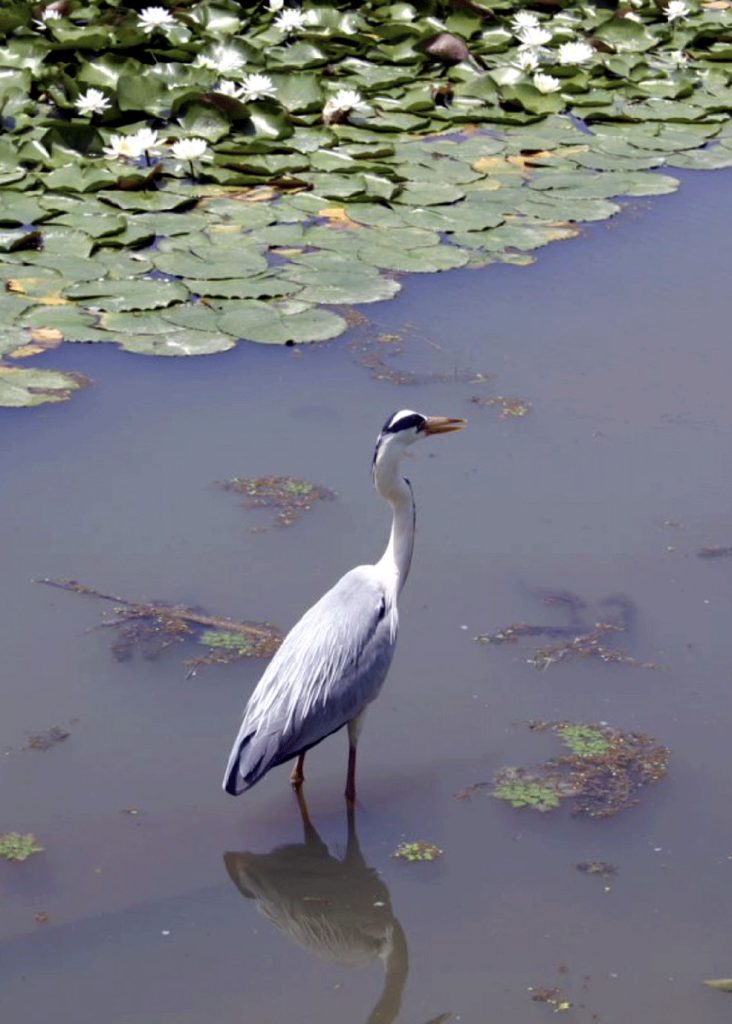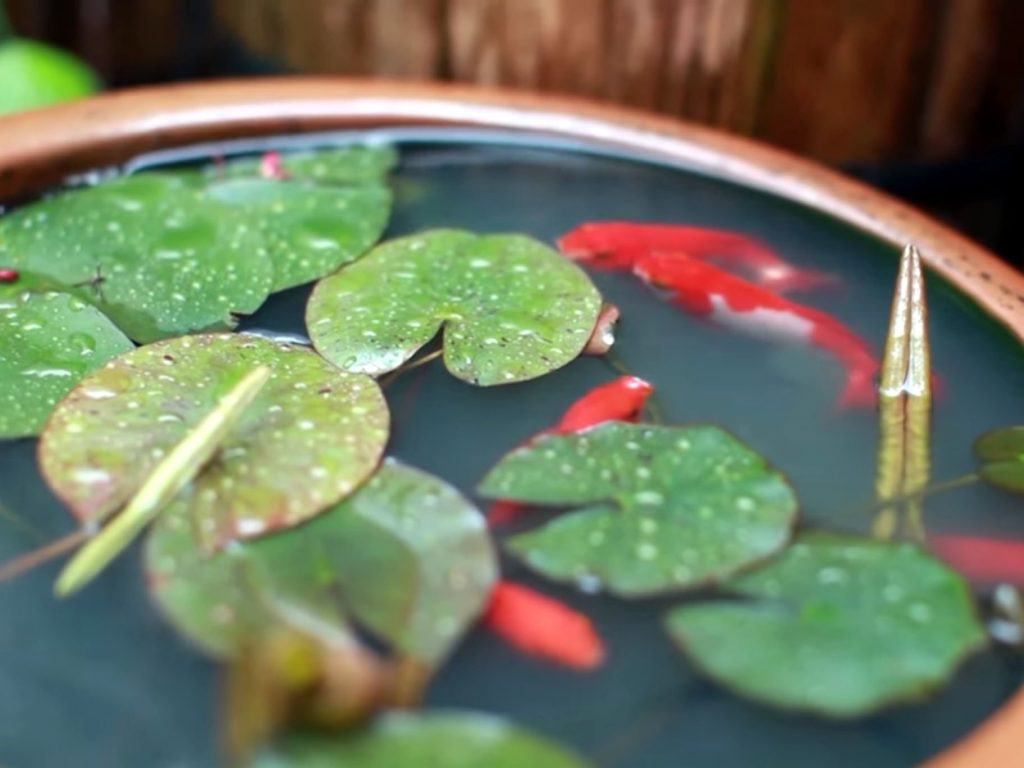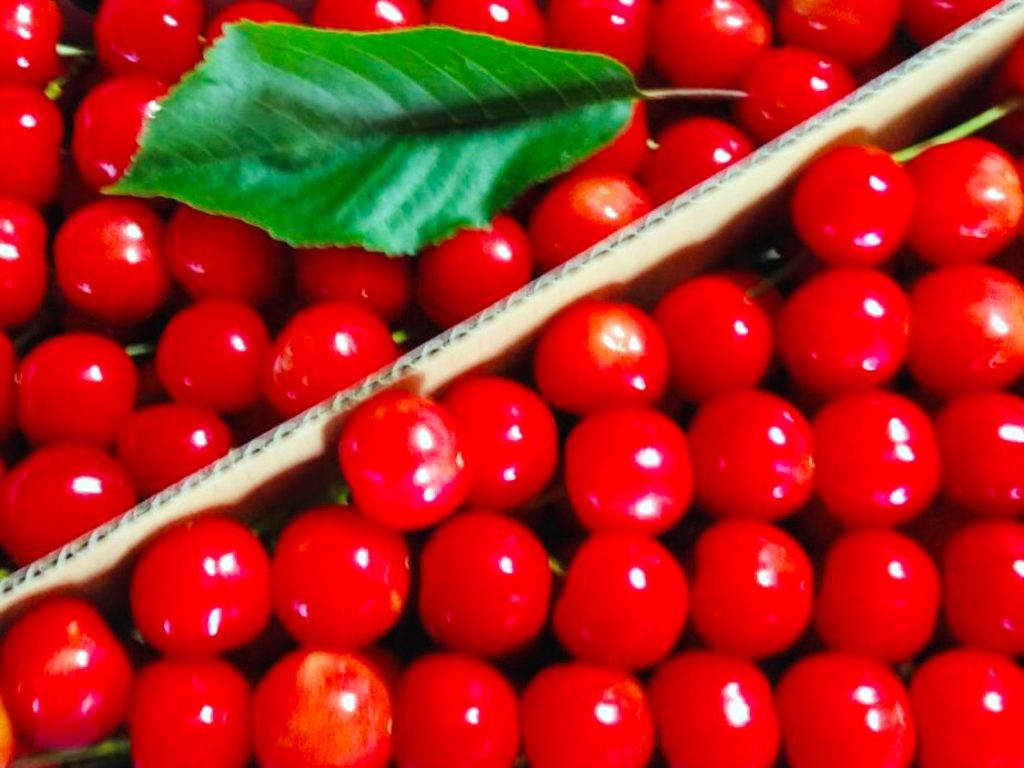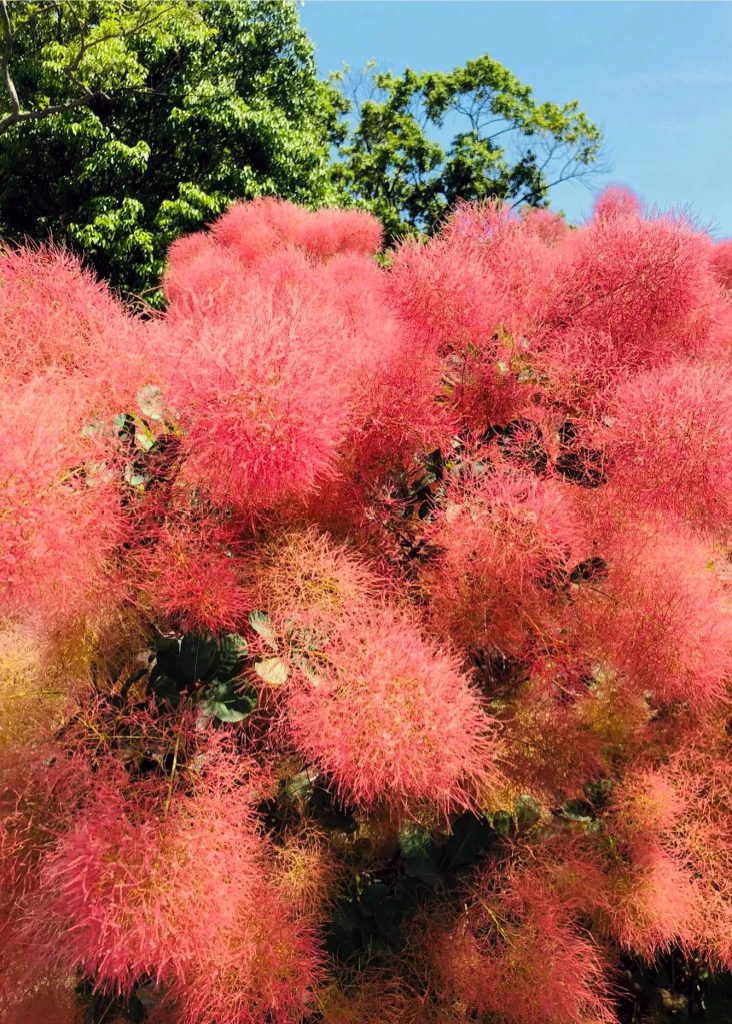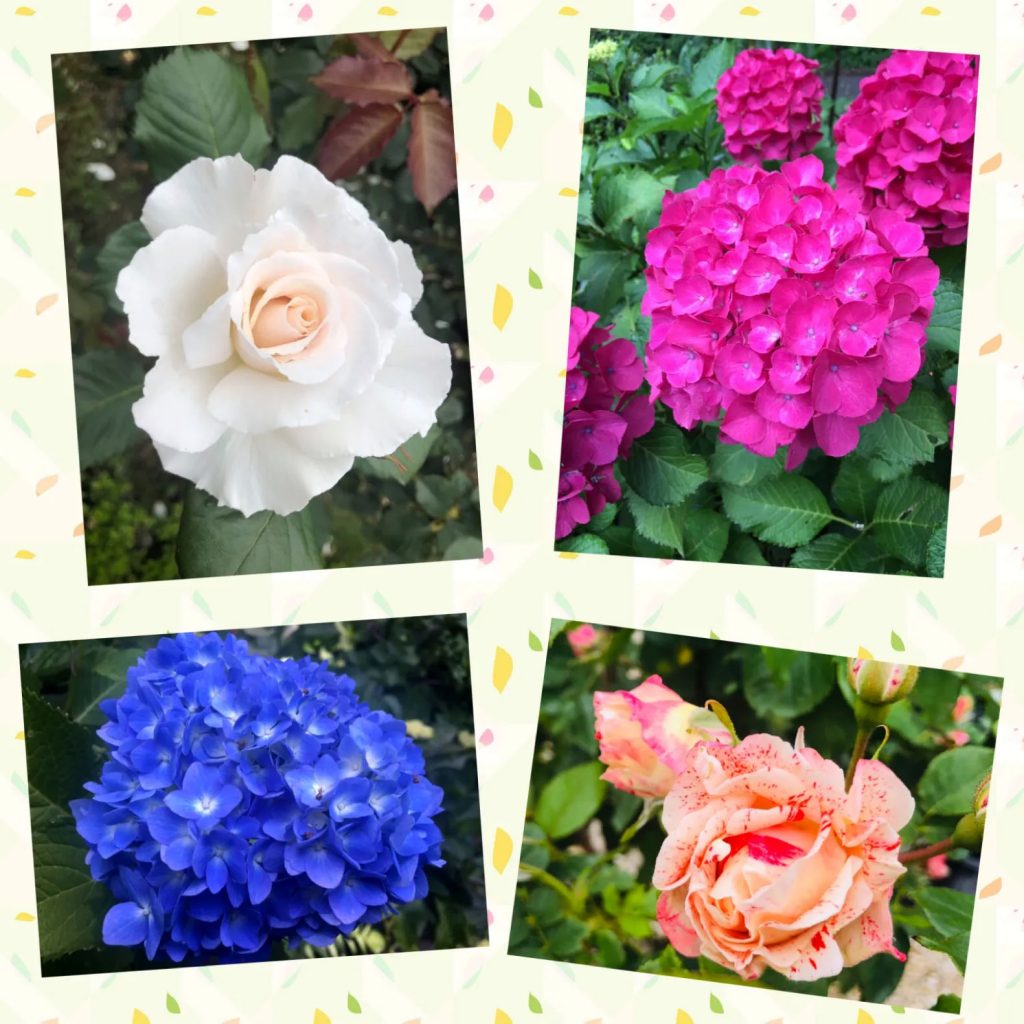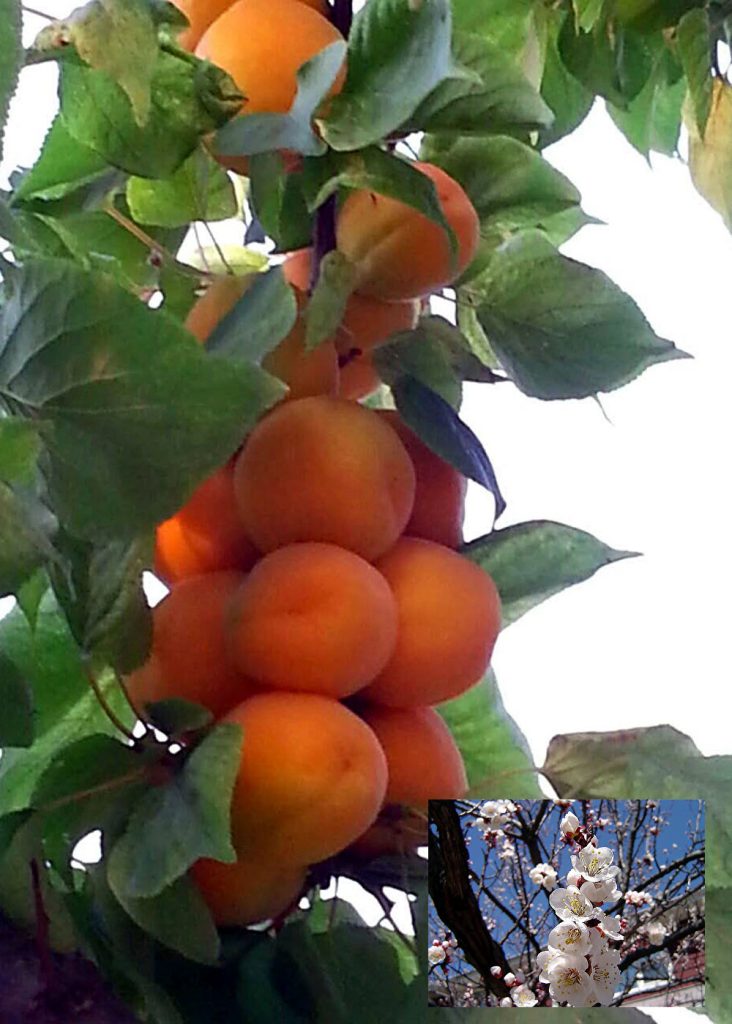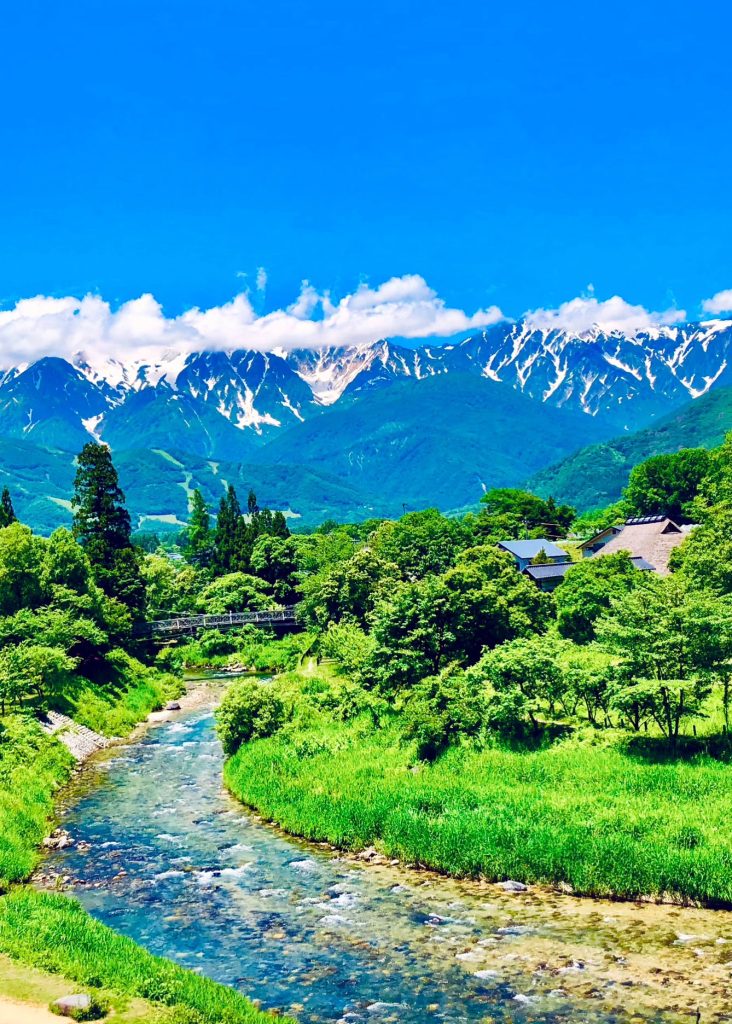
I received news from the Northern Alps. Compared to previous years, it seems that there is considerably less remaining snow. In July, the mountains will open all at once. Mount Fuji will open on July 1st on the Yamanashi Prefecture side and on July 10th on the Shizuoka Prefecture side. This year, with the end of the pandemic, it is expected that a large number of mountaineers will flock to the mountains. What worries me is that the number of accidents is likely to increase in proportion to the increase in climbers. Even last year, the number of accidents was about the same as before the pandemic, so I’m even more concerned this year. Looking at these photos, I realize that I can’t speak arrogantly. When I think back now, I deeply feel that I engaged in quite reckless mountaineering. Although I wasn’t with them, two of my mountain companions have also passed away. When I recall the traverse from Yarigatake to Okuhotakadake while watching it on YouTube, my legs still tremble. However, I also feel that something like confidence, gained from such experiences, has become a support for my mind thereafter.
北アルプスからの便りが届きました。例年から比べるとかなり残雪も少ない様です。7月に入ると一斉に山開きです。富士山は山梨県側が7月1日、静岡県側が7月10日です。今年はコロナ明けもあって大勢の登山客が押し寄せることが予想されます。心配なのはそれに比例して遭難者が増えることです。昨年でも遭難者数がコロナ前と同数くらいだったそうですから、今年はなおさら心配です。こうして写真を見ていると、自分も決して偉そうなことは言えない。今から思うと結構無謀な登山をしたものだとつくづく思います。一緒したわけではありませんが、山仲間二人も亡くなっています。槍ヶ岳から奥穂高岳を縦走したことを、Youtubeなどで見ながら思い出すと、今でも足が震えます。しかし、そうしたことから得られた自信の様なものが、その後の自分の心の支えになった様な気もします。

